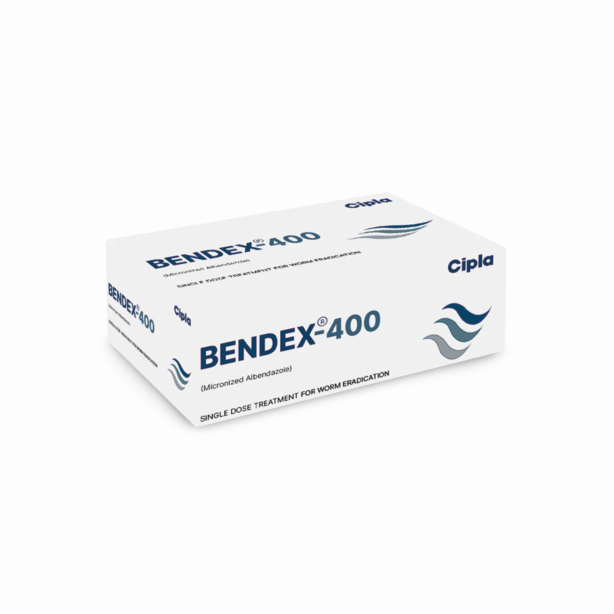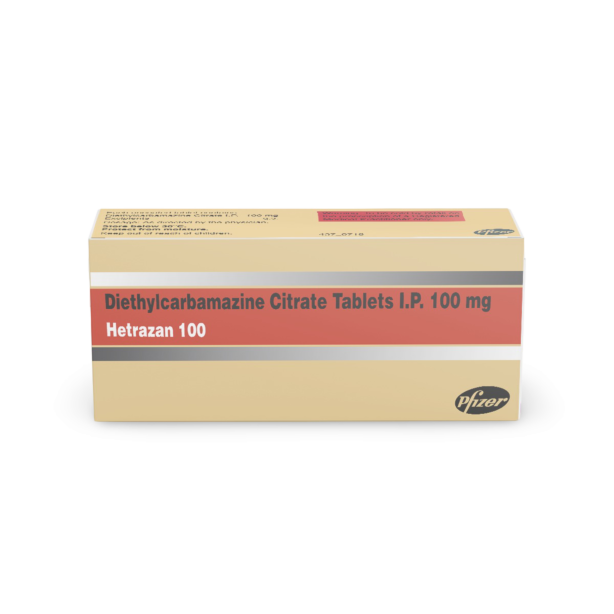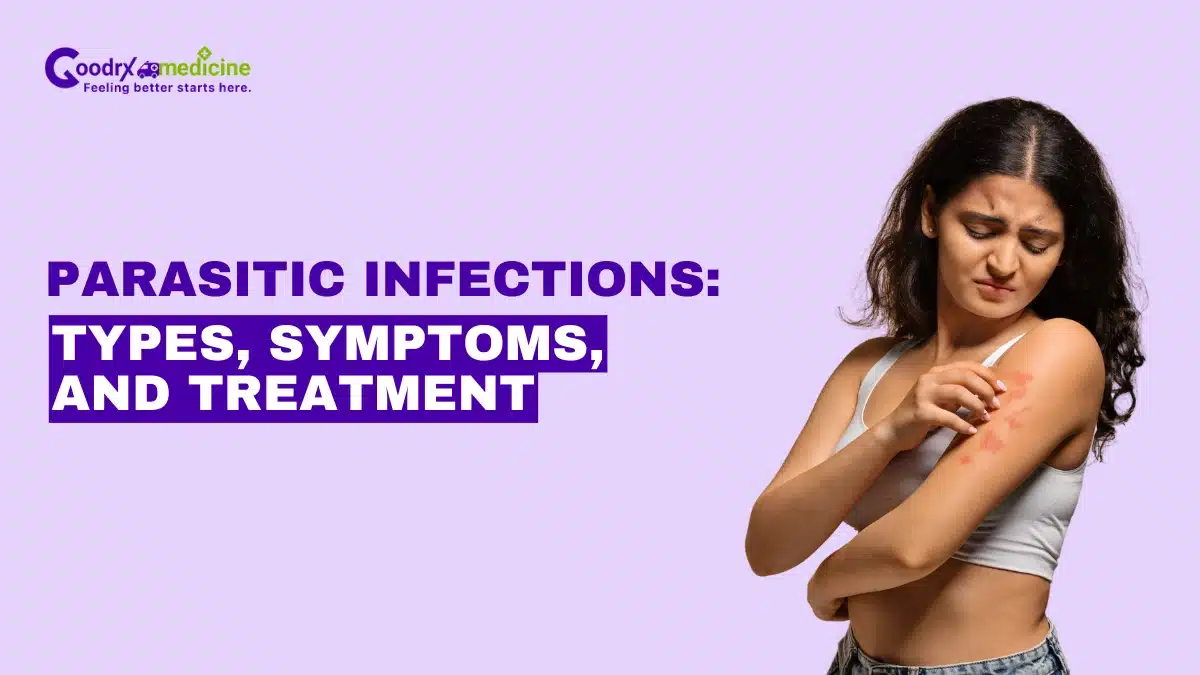Parasitic infections affect millions of people worldwide, causing a range of health issues that can significantly impact daily life. These infections occur when parasites, organisms that need a host to survive, invade and reproduce within the human body, leading to parasite infections..
While some parasite infections remain mild and asymptomatic, others can become severe and life-threatening if left untreated. Most parasite infections respond well to appropriate medical treatment when diagnosed early. Modern diagnostic methods and targeted medications have dramatically improved treatment outcomes and recovery rates.
Understanding the signs, transmission methods, and prevention strategies empowers you to protect yourself and your family from parasitic diseases, so read on.
What is a Parasitic infection?
Parasitic infections are illnesses caused by parasites that live and reproduce within the human body. Parasites depend on another living being (the host) to obtain the nutrients essential for survival and reproduction.
These parasite infections can affect various body parts, including the intestinal tract, blood, brain, skin, eyes, and other organs. They often manifest as intestinal illness with symptoms like diarrhea and vomiting. However, depending on the type of parasite involved, they can also cause skin rashes and neurological symptoms or affect other body systems.
Save up to 90% on your medicine bills

Bendex 400 Tablet

Flagyl 400 mg

Hetrazan 100 Tablet

Zentel 400 mg
Parasitic infection symptoms
Parasitic infection symptoms vary significantly depending on the type of parasite and the affected body system. Many infections develop gradually, making early detection challenging. Common symptoms include:
- Gastrointestinal symptoms: Diarrhea, nausea, vomiting, abdominal pain, and changes in bowel movements are frequently reported.
- Systemic symptoms: Fever, muscle aches, fatigue, and weakness often accompany parasite infections.
- Skin manifestations: Redness, itching, rashes, or sores may appear, particularly with ectoparasites or certain systemic infections.
- Neurological signs: Severe headaches, seizures, confusion, or disorientation can occur when parasites affect the brain or nervous system.
- Other indicators: Night sweats, unexplained weight loss, enlarged lymph nodes, or persistent cough may signal parasite infection.
Some parasite infections remain asymptomatic for extended periods, making regular medical screening important for high-risk individuals or those with a potential exposure history.
Types of parasitic infection
The three main categories of parasites that cause human infections include:
- Protozoa: Protozoan parasites such as Plasmodium, Entamoeba histolytica, Leishmania, and Trypanosoma can infect various body parts, including the blood, intestines, brain, and skin.
- Helminths: Parasitic worms classified into several groups, including flukes (trematodes), tapeworms (cestodes), roundworms (nematodes), and thorny-headed worms (acanthocephalans). Both adult and larval forms can cause infection.
- Ectoparasites: Insects and spider-like organisms that burrow into and live on the skin surface, including ticks, mites, lice, and fleas. These typically remain localized to skin areas.
Causes and risk factors
Parasite infections spread through multiple transmission routes:
- Water and food contamination: Consuming raw fruits, vegetables, or water contaminated with feces or soil can easily spread parasites through food and water.
- Vector-borne transmission: Mosquito bites, tick bites, and other insect bites can transmit parasites directly into the bloodstream.
- Direct contact: Contaminated surfaces, soil exposure, and person-to-person contact facilitate parasite transmission.
- Sexual transmission: Unprotected sexual contact can spread certain parasite infections like trichomoniasis.
- Risk factors: Young age, compromised immune systems (including HIV/AIDS, cancer, or immunosuppressive medications), travel to endemic areas, poor sanitation conditions, and occupational exposures.
How is a parasitic infection diagnosed?
Diagnosing parasite infections requires systematic evaluation combining clinical assessment with laboratory testing:
- Physical examination: Healthcare providers assess symptoms, travel history, and exposure risks and perform targeted physical examinations, including abdominal palpation and skin inspection.
- Laboratory tests: Depending on the suspected infection type, stool samples, blood tests, skin biopsies, sputum samples, or cerebrospinal fluid analysis may be required.
- Microscopic examination: Direct visualization of parasites, eggs, or larvae in body fluids or tissues provides definitive diagnosis.
- Imaging studies: Tests like X-ray, MRI, or CAT scan may be used to check for organ damage or lesions caused by certain parasite infections.
- Genetic testing: Advanced molecular techniques can identify specific parasite species and guide targeted treatment selection.
Multiple sample collections over several days may be necessary since parasite shedding can be intermittent.
Treatment options for parasitic infection
Treatment approaches depend on the specific parasite identified, infection severity, patient age, and overall health status:
- Antiparasitic medications: Different medication classes target specific parasite types. Anthelmintics like Ivermectin treat worm infections, antiprotozoals target single-celled parasites, and particular agents address ectoparasite infestations.
- Supportive care: Fluid replacement, electrolyte management, and nutritional support help manage symptoms and prevent complications.
- Topical treatments: Medicated shampoos, creams, or lotions are commonly used to treat parasitic skin infections. They provide targeted relief and eliminate parasites from the affected areas.
- Combination therapy: Some infections require multiple medications or extended treatment courses to achieve complete parasite elimination.
- Monitoring and follow-up: Regular testing ensures treatment effectiveness and prevents recurrence or complications.
Treatment duration varies from single-dose regimens to extended courses lasting several weeks or months.
Living with Parasitic Infection
Managing parasite infections requires comprehensive lifestyle adjustments and ongoing medical care:
- Medication adherence: Complete prescribed treatment courses even when symptoms improve to prevent recurrence and resistance development.
- Hygiene practices: Frequent handwashing, proper food handling, and maintaining clean living environments reduce reinfection risk.
- Dietary considerations: Adequate nutrition supports immune function and recovery. Some treatments may require dietary modifications or restrictions.
- Activity modifications: Rest and gradual activity resumption help recovery while avoiding overexertion during treatment.
- Family screening: Household members may require evaluation and treatment, particularly for highly contagious infections like pinworms or head lice.
- Follow-up care: Regular medical monitoring ensures treatment success and early detection of complications or recurrence.
Conclusion
Parasitic infections are a major global health concern, affecting millions of people across different environments and age groups. These infections can target various body systems, including the digestive tract, skin, blood, and brain.
Depending on the type and severity of the infection, symptoms vary widely, from mild gastrointestinal discomfort to severe neurological complications. Early diagnosis and proper antiparasitic medications significantly improve recovery outcomes.
Understanding how parasites spread, practicing good hygiene, and taking precautions when traveling to endemic areas can significantly reduce risk. While many parasitic infections are treatable, some can become life-threatening if left unchecked.
Staying informed and recognizing early symptoms is crucial. If you experience persistent symptoms or suspect exposure to a parasite, consult a healthcare provider promptly for accurate diagnosis and treatment.

Frequently Asked Questions
How do humans combat infection by the Plasmodium parasite?
Humans combat Plasmodium through antimalarial medications like chloroquine, artemisinin combinations, and supportive care. Prevention includes mosquito control, bed nets, protective clothing, and prophylactic medications for travelers to endemic areas.
Which leukocyte increases in number during parasitic infections?
Eosinophils typically increase during parasitic infections, particularly helminth infections. This white blood cell elevation (eosinophilia) represents an immune response to parasitic antigens and helps healthcare providers suspect parasitic disease during diagnosis.
Are farm-raised salmon often infected with parasites?
Yes, farm-raised salmon can harbor parasites like sea lice and nematodes, though commercial processing and freezing typically eliminate human health risks. Wild salmon generally have higher parasite loads than properly managed farmed fish.
Can antibiotics treat parasitic infections?
No, antibiotics cannot treat parasite infections since they target bacteria, not parasites. Specific antiparasitic medications are required for effective treatment. However, antibiotics may be prescribed for secondary bacterial infections complicating parasitic disease.
What are the most frequently encountered parasitic infections?
Common parasite infections include Malaria, toxoplasmosis, giardiasis, and pinworm infections. Head lice are also widespread, especially in children. Others like trichomoniasis, tapeworms, cryptosporidiosis, Chagas disease, and leishmaniasis occur regionally and vary in severity and transmission methods.
When referencing outside resources, GoodrxMedicine always provides full citations. To learn more about the measures we use to maintain the quality of our content, please review our Content Information Policy.











